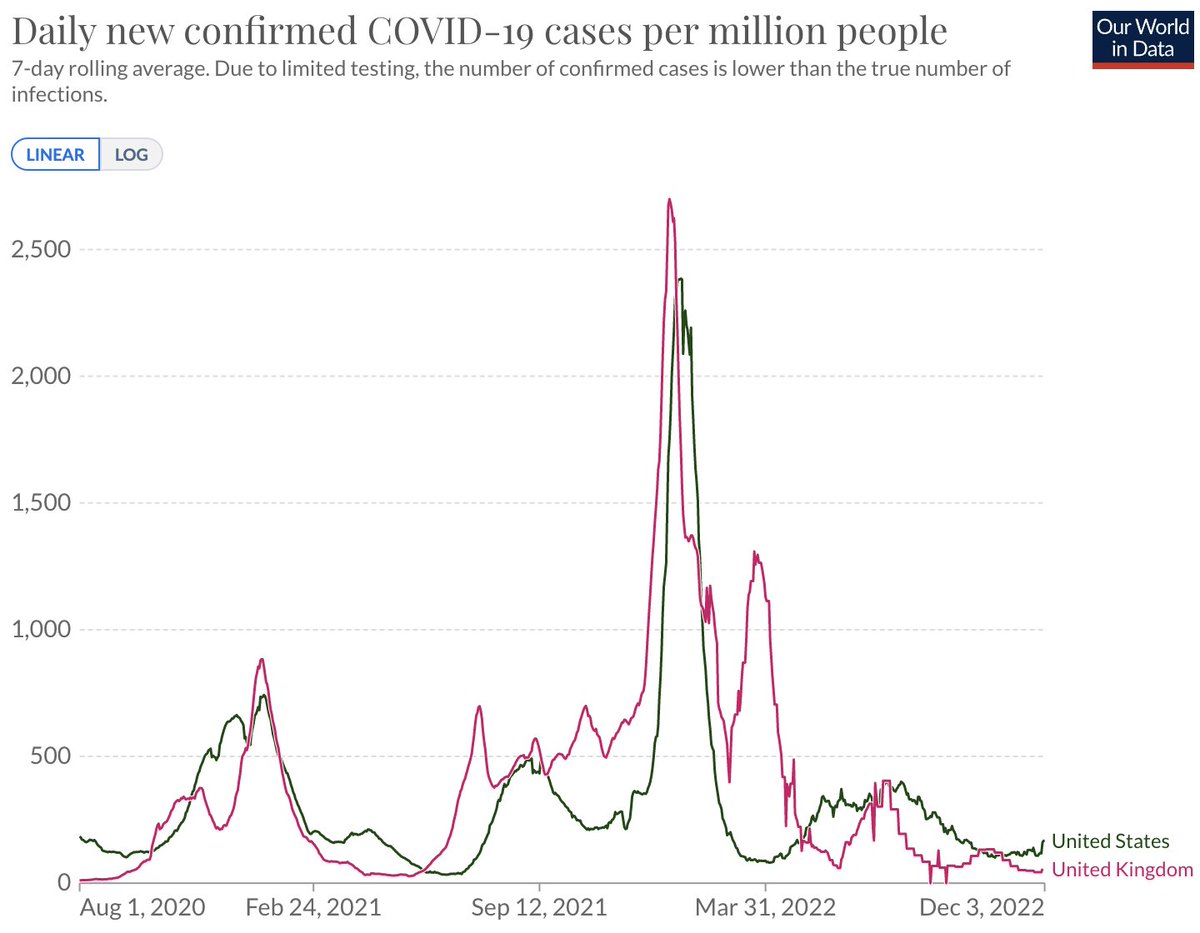I've meaning to write a "COVID endgame" thread for a while and I apologize this is somewhat delayed compared to media interviews like science.org/content/articl… and statnews.com/2021/09/20/win… and to recent seminars like . 1/17
Here, I've been trying to think about what COVID will look like in its endemic state, ie once the (more or less entire) population has immunity to the virus, blunting transmission and disease relative to the pandemic state. 2/17
I expect endemicity to be achieved at different times throughout the world due to inequities in vaccine distribution and I expect this to be a soft transition rather than a sudden flip of a switch. 3/17
However, even when the entire population of a region has immunity through infection or vaccination, there may still be significant circulation of the virus due to waning immunity and viral evolution. 4/17
As an example, seasonal influenza is an endemic respiratory virus and basically everyone over the age of ~3 will have immunity to it. However, despite this immunity, influenza infects ~10% of the adult population each year and causes perhaps 30k deaths per year in the US. 5/17
Broadly, I expect the eventual endemic state of COVID to be similar with substantial circulation but reduced disease burden relative to the pandemic state. The key parameters here include:
1. R0
2. Waning immunity
3. Antigenic drift
4. Infection to fatality rate (IFR) 6/17
1. R0
2. Waning immunity
3. Antigenic drift
4. Infection to fatality rate (IFR) 6/17
R0 is the average number of secondary infections in a fully naive population. R0 of seasonal flu is around 2. R0 of Wuhan-like SARS-CoV-2 was around 3 and with Delta it's now perhaps 5 or 6. Higher R0 should correspond to greater circulation all other things being equal. 7/17
Waning immunity is a bit more of an open question. Although, other seasonal coronaviruses appear to cause reinfections every ~3 years (nature.com/articles/s4159…), it's hard to completely extrapolate from these viruses to SARS-like coronaviruses. 8/17
But based on what we've observed with waning immunity to infection in SARS-CoV-2 (
https://twitter.com/trvrb/status/1432725268658106376), I think it's safe to conclude there will be at least some waning of immunity to infection season-to-season in endemic state. 9/17
Although so far there's been relatively little antigenic drift in SARS-CoV-2, we've seen rapid adaptive evolution in the S1 domain of spike protein as selection pressure has driven increased transmissibility (
https://twitter.com/trvrb/status/1437519286537318400). 10/17
Given the early emergence of partial immune escape in the Beta, Gamma and Mu variants and given the spike protein's observed degree of adaptability, I would suspect that when selection pivots to be primarily immune driven we'll see steady antigenic drift. 11/17
Recent adaptive evolution has been occurring at a significantly faster rate than H3N2 influenza, but my median scenario would be that with switch to endemicity, we see sustained antigenic evolution at a similar pace to influenza H3N2. 12/17
High R0, waning immunity and antigenic drift together suggest substantial seasonal circulation with a speculative guess of 20% or 30% of the population infected each year (often referred to as the "attack rate"). This is higher than flu due to R0 of ~6 rather than ~2. 13/17
At endemicity, circulation does not necessarily translate to disease burden. Based on robust vaccine effectiveness against severe outcomes, my speculative guess would be that infection to fatality rate (IFR) drops 10-fold from its original ~0.6% to a flu-like ~0.06%. 14/17
Together, this would suggest perhaps 40k or 100k deaths per year in the US from COVID at endemic state. Most infections would be relatively mild (just like flu), but there's enough of them that even a small fraction of severe outcomes add up. 15/17
100k deaths would be 30% attack rate with 0.1% IFR, while 40k deaths would be 20% attack rate with 0.06% IFR. In general, like with seasonal flu I would expect significant season-to-season variability. 16/17
This is not cancer or heart disease, but it's still a substantial public health burden. That said, yearly boosters just like flu vaccine, therapeutics like molnupiravir, improved ventilation and rapid testing can all contribute to reducing this ongoing burden. 17/17
• • •
Missing some Tweet in this thread? You can try to
force a refresh












